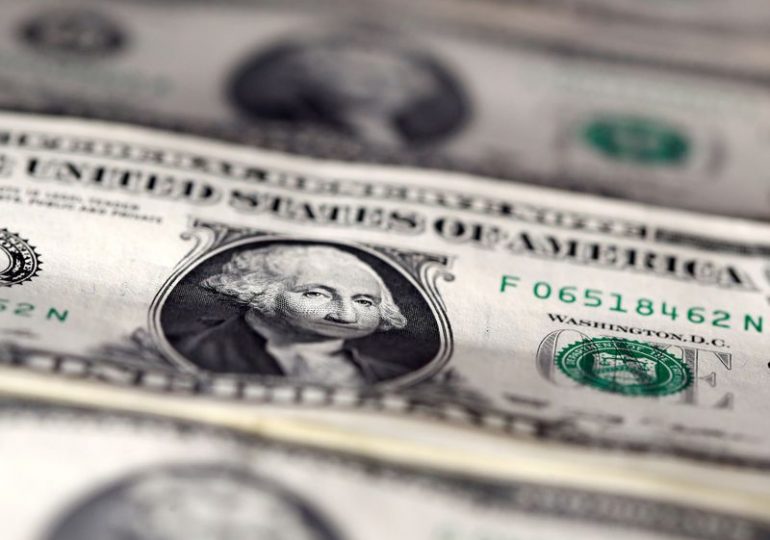 © Reuters. FILE PHOTO: U.S. dollar notes are seen in this picture illustration
© Reuters. FILE PHOTO: U.S. dollar notes are seen in this picture illustration
By Stanley White
TOKYO (Reuters) – The dollar fell to its lowest in more than two years against the euro on Wednesday as currency traders looked past a new delay in U.S. stimulus cheques and maintained bets additional financial aid was still likely.
The greenback was also pinned near two-year lows against the Australian and New Zealand dollars.
U.S. Senate Majority Leader Mitch McConnell on Tuesday blocked immediate consideration of a measure to increase COVID-19 relief payments to $2,000, adding another twist to fractious negotiations over fiscal stimulus.
The dollar has fallen steadily since President Donald Trump signed a coronavirus aid and spending bill on Sunday, because more stimulus for the world's largest economy reduces demand for the perceived safety of holding the greenback.
While the size of relief payments is still uncertain, many analysts say the dollar is likely to resume falling next year because President-elect Joe Biden is expected to push for even more economic support measures.
"Our weak dollar call remains intact as we move into 2021," analysts at BBH wrote in a research memo.
"What happens to the greenback… largely depends on how well the United States controls the virus in 2021 as well as the outlook for further fiscal stimulus."
The dollar fell to $1.2279 per euro on Wednesday in Asia, its weakest since April 2018
The British pound was steady at $1.3511.
Against the Swiss franc, the dollar bought 0.8839, close to the weakest in more than five years.
The dollar was little changed at 103.53 yen.
Market moves are likely to be subdued due to low liquidity with many investors away for year-end holidays.
A light data calendar in Asia is also likely to leave traders with little incentive to take out big positions.
The dollar index against a basket of six major currencies stood at 89.974, not far from the lowest in more than two years.
Last-minute infighting has cast doubt on some of the details of the U.S. aid package, but many analysts say the U.S. government will keep rolling out fiscal stimulus in some form because a second wave of coronavirus infections is becoming a big threat to the economy.
In addition, many investors are already looking ahead to a new government under Biden when he is sworn in on Jan. 20.
Another negative factor for the greenback is expectations that the U.S. Federal Reserve will keep interest rates low for an extremely long time, many analysts say.
Elsewhere, both the Australian dollar edged up slightly to $0.7615, while the New Zealand dollar bought $0.7157.
Both the Aussie and the kiwi are considered barometers of risk appetite because of their ties to global commodities.
Leave a comment
